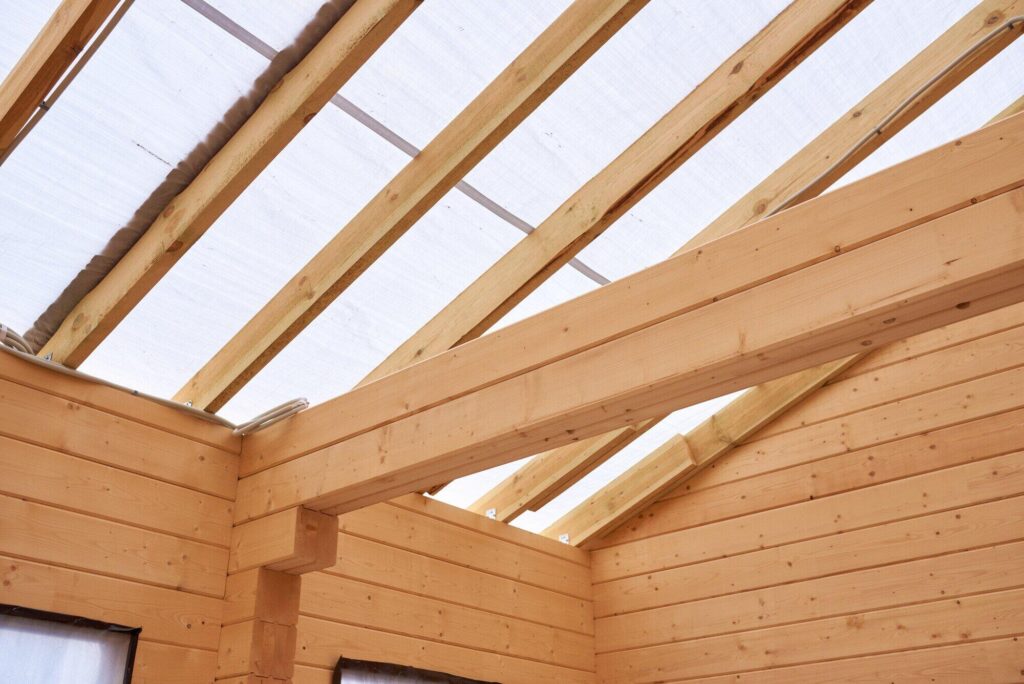Wood rot is a major problem for homeowners across the United States, causing an estimated $17 billion every single year, according to insurance company Simply. This is an alarming statistic, and it’s not just the financial implications that homeowners should be concerned about either, as wood rot can also impact the health of residents and visitors.
As such, taking quick action to address any signs of dryrot in the home is essential. In this blog post, our expert team at NW Remodeling Contractors in Vancouver, WA, will highlight six key dryrot repair signs that will help you protect your home and those who live there.
These include visible fungal growth, musty odors, cracking in wood, and more. Let’s get started with these wood decay warning signs and dryrot detection tips.
What Exactly Is Dryrot?
Firstly, let’s look at what exactly dry rot is and how it can have a negative impact in your home. Essentially, dry rot is a form of fungal growth, with the Latin name of Serpula Lacrymans.
As a wood-destroying fungi, it consumes the cellulose found in timber, which enables it to grow and spread. For the affected timber, the result is that it is left in a brittle and dry state, which can greatly weaken it.
Dry rot poses a significant threat to the structural integrity of your home. As the fungus weakens the wood, it can compromise load-bearing elements such as floor joists, wall studs, and roof supports. This can lead to serious consequences, including:
- Sagging floors
- Weakened walls
- Roof collapse
As we have noted already, beyond structural damage, dry rot can also create a hazardous living environment. The fungus can release its spores into the air, which may cause respiratory issues in some people.
Furthermore, the presence of dry rot often indicates underlying moisture issues, such as leaks or poor ventilation, which can create a breeding ground for other types of mold and mildew, further compromising indoor air quality.
1. Visible Fungal Growth
One of the most obvious signs of dry rot is the presence of visible fungal growth. This can manifest in various forms, such as fluffy, orange-brown masses, white patches, or even thread-like strands.
You might find this growth on the surface of wooden beams, joists, or within cracks and crevices in the wood. If you notice any unusual fungal growth, it’s crucial to investigate further, as it could be an indication of a more serious dry rot problem.
2. Soft, Spongy Wood
Dry rot weakens the wood, leaving it soft and spongy to the touch. This is a significant departure from the usual firm and solid feel of healthy timber. You might encounter this when inspecting floorboards, window frames, or other wooden elements.
If you find areas where the wood feels unusually soft or crumbly, it’s important to reach out to NW Remodeling Contractors for further evaluation and potential repairs. We have the expertise to assess the extent of the damage and recommend the most appropriate course of action, which may involve replacing the affected timber or implementing measures to prevent further decay.
3. Cracks and Splits
As dry rot progresses, it weakens the wood’s structure, leading to the development of deep cracks and splits. These fissures can appear irregular and may deepen over time. The presence of such cracks is a strong indicator of significant wood degradation and warrants immediate attention.
Any deep cracks in your wooden beams, joists, or other structural elements mean that it’s crucial to contact a professional like NW Remodeling Contractors for a thorough inspection and expert advice. We can assess the structural integrity of your property and recommend the necessary repairs to ensure the safety and stability of your home.
4. Musty Odor
A distinctive, earthy odor often accompanies dry rot. This musty smell arises from the fungal growth itself and can be a subtle yet significant indicator of a problem.
Should you detect an unusual musty or earthy smell emanating from your wooden structures, it’s essential to investigate further. This odor could be a warning sign of hidden dry rot within walls, floors, or other concealed areas.
5. Sagging Floors or Walls
As dry rot weakens the structural integrity of your home, it can lead to visible signs of distress, such as sagging floors or walls. This occurs when the wood supporting these structures loses its strength and can no longer adequately bear the weight. Sagging floors or walls are serious structural issues that require immediate attention to preventing wood rot and further damage and ensure the safety of your home.
If you notice any signs of sagging, it’s crucial to contact us for a thorough assessment and expert guidance. We can identify the underlying cause of the sagging and recommend the necessary repairs to restore the structural integrity of your property.
6. Sound of Hollow Wood
Finally, tapping on wooden surfaces can sometimes reveal hidden signs of dry rot. If you tap on a wooden element and hear a hollow sound, it could indicate that the wood has been significantly weakened by the fungus.
This hollow sound often occurs in areas where the wood has been eaten away by the dry rot, leaving behind empty spaces. You might encounter this when tapping on door frames, skirting boards, or other wooden elements.
Should you suspect that the wood in your home may be hollow, it’s advisable to contact our team for a thorough inspection and expert advice. We can accurately assess the extent of the damage and recommend the most appropriate course of action to address the issue effectively.
Essential Dryrot Repair Signs to Watch Out For
The bottom line is that early detection is key when dealing with dry rot. Ignoring these Dryrot repair signs can lead to significant structural damage and costly repairs. If you suspect dry rot in your Vancouver, WA home, don’t delay in seeking effective treatment that protects your home and those who live there.
Contact NW Remodeling Contractors for expert and friendly assistance. Our team of experienced professionals can accurately diagnose the problem, recommend the most effective solutions, and help you protect your home from further damage. We look forward to speaking with you.

